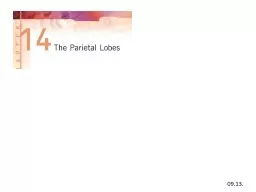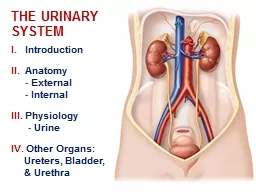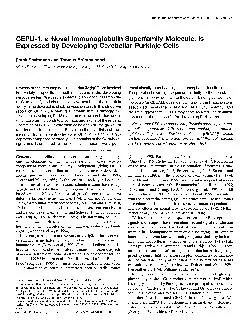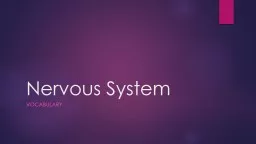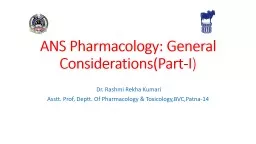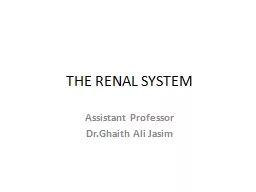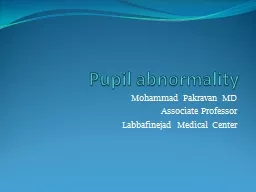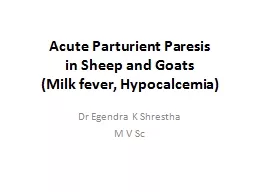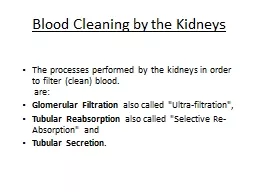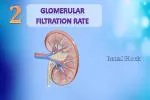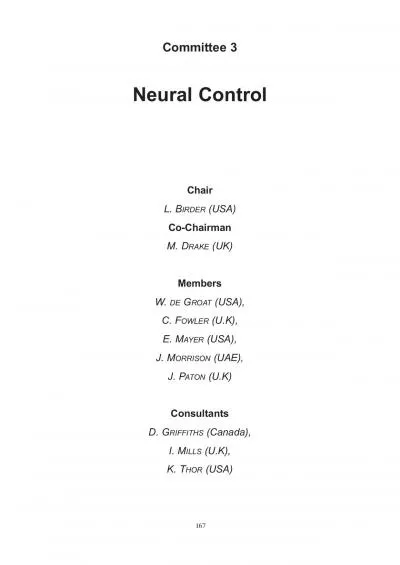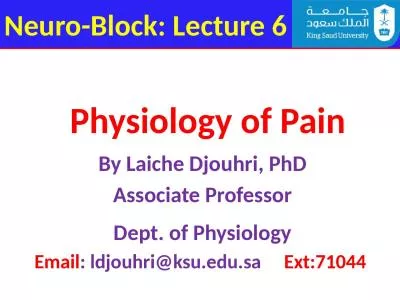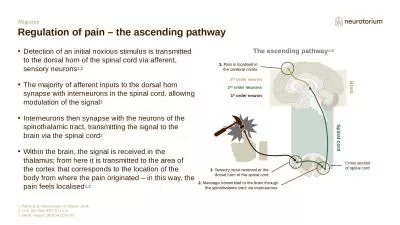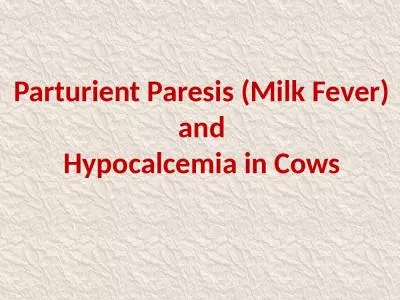PPT-09.13. Afferent paresis :
Author : caitlin | Published Date : 2022-04-07
Difficulty executing smooth coordinated fine movements as a result of loss of afferent somatosensory feedback from the muscles engaged in the motor activity Paresis
Presentation Embed Code
Download Presentation
Download Presentation The PPT/PDF document "09.13. Afferent paresis :" is the property of its rightful owner. Permission is granted to download and print the materials on this website for personal, non-commercial use only, and to display it on your personal computer provided you do not modify the materials and that you retain all copyright notices contained in the materials. By downloading content from our website, you accept the terms of this agreement.
09.13. Afferent paresis :: Transcript
Download Rules Of Document
"09.13. Afferent paresis :"The content belongs to its owner. You may download and print it for personal use, without modification, and keep all copyright notices. By downloading, you agree to these terms.
Related Documents

